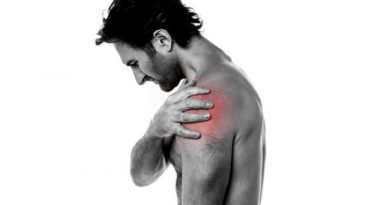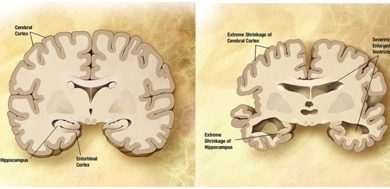Symptoms and Treatments for Stroke
Know the symptoms and treatments for stroke? From our blog health we offer this special little with all the information about this terrible disease.
What is stroke?
A stroke or stroke occurs when blood flow stops at a part of the brain and if you do more than a few seconds, the brain can not get blood and oxygen and brain cells can die, causing permanent damage.
Types of stroke
There are two main types of stroke or stroke:
Ischemic stroke
Ischemic stroke occurs when a blood vessel supplying blood to the brain is blocked by a blood clot and is known as thrombotic stroke.
Hemorrhagic stroke
Hemorrhagic stroke occurs when a blood vessel in part of the brain weakens and bursts open.
Risk factors for stroke
The main risk factor for stroke or stroke is high blood pressure and also others such as atrial fibrillation, family history, diabetes, high cholesterol, increasing age, especially after age 55 and being black.
The risk is greater in people who have heart disease or poor circulation in the legs, and those with unhealthy lifestyle habits such as smoking, excess fats in the diet and lack of exercise, and women taking contraceptives, especially those who smoke and 35 and older.
What are the symptoms of stroke?
Symptoms of stroke or stroke depend on which part of the brain is damaged and most of the time symptoms develop suddenly and without warning; however, symptoms may appear intermittently for one or two days.
There may be headache that comes on suddenly and worsens when changing position or making any effort, changes in alertness, in hearing and taste; as well as those changes that affect touch and the ability to feel pain, pressure or temperatures.
There clumsiness, confusion or memory loss, balance and coordination, difficulty swallowing, and to read and write, dizziness or vertigo, urinary or bowel incontinence, muscle weakness, numbness and tingling on one side of the body.
Other symptoms can affect the emotional changes, there are problems with sight and speech and difficulty understanding others and walking.
Treatment of Stroke
A stroke is a medical emergency, so you need to start treating stroke as quickly as possible.
Although stroke treatment depends on the cause that caused the stroke, they may administer medications as:
– Anticoagulants such as heparin, warfarin or clopidogrel.
– Medicines to control certain symptoms such as high blood pressure.
– Special procedures or surgery to relieve symptoms or prevent further strokes.
– Nutrients and liquids.
– Feeding tube in the stomach.
You can start any of the following therapies: physical, occupational, speech and swallowing, which usually begin in the hospital, which can help recover as much function as possible and prevent future strokes.
World Day of Stroke
It has set October 29 as World Day of Stroke and it is anticipated that one in six people suffer a stroke over his life; so it is important to know how to prevent this disease, how to deal with it and how to treat it.
For this reason, the State Reference Center for Brain Injury Care (CEADAC), the Study Group of Cerebrovascular Diseases of the Spanish Society of Neurology present the trailer: “Ictus, an emotional earthquake”
This is a true story of struggle and overcoming a nurse, to which this illness forced him to quit his job, but after years of effort and despite the consequences that produced him, this woman can pursue his passion, which He is dancing.




